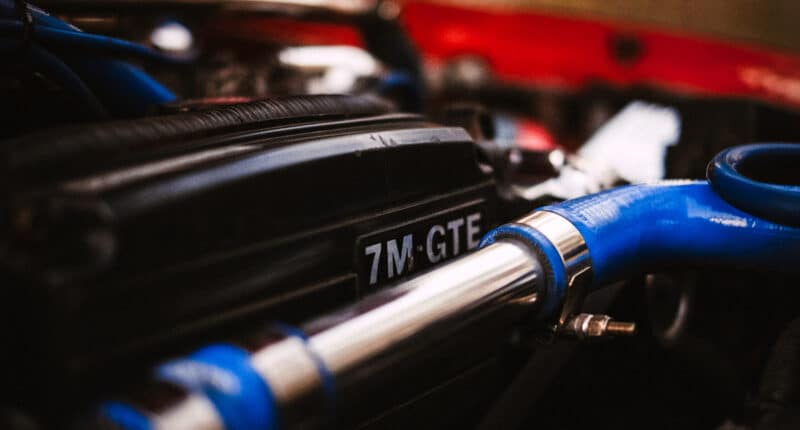Toyota’s 7M-GTE engine never really got the attention it deserves. Or rather, it received plenty of attention, but for the wrong reasons.
Owing to a head gasket issue, car enthusiasts decided not to spend their time and money on the 7M and instead focused on the brand’s other engines.
However, when fitted with some modern-day components, the Toyota 7M-GTE engine can be turned into a highly reliable unit — and it can be modified to pack a serious punch as well.
The 7M-GTE engine was most famously found under the hood of the often overlooked and underrated MK3 Toyota Supra.
Since it’s so much cheaper than its younger sibling, the MK4 Supra, the MK3 is now gaining popularity, and we’ll probably see its prices increase soon.
However, hopefully, the cheap MK3s mean the 7M-GTE engine may finally get some love — because there are some good reasons why owners should keep it rather than swap it for the 1JZ or 2JZ units.
In this article, we’ll take a closer look at the old 7M-GTE engine and what can be done to make it more powerful as well as reliable.
Toyota 7MGTE Specs

Engine code: 7M-GTE
Production: 1986 to 1993, Toyota Kamigo plant, Japan
Layout: Turbocharged inline-6, DOHC, 24-valve
Displacement: 2,954 cc (3.0L)
Fuel system: Electronic fuel injection
Cylinder bore: 83 mm
Piston stroke: 91 mm
Compression ratio: 8.4:1
Power: 232 hp at 5,600 rpm
Torque: 240 lb-ft at 4,000 rpm
Firing order: 1-5-3-6-2-4
Toyota’s M series engine was in production for nearly 30 years, from 1965 to 1993. The 7M-GTE was the last version, produced from 1986 through 1992, and it was certainly the most popular, even if its popularity didn’t last long.
Previous M engines used an SOHC configuration, but for the 7M, Toyota decided to go down the DOHC route, and they also added electronic fuel injection.
The 7M-GTE engine features a cast-iron block, which is heavy but provides a lot of strength. It has an aluminum head and a compression ratio is just 8.4:1, but that is quite normal for turbocharged engines of its time.
The 24-valve 3.0L inline-6 produces a very respectable 232 hp and 240 lb-ft thanks to the CT26 turbocharger that ran 6 PSI of boost.
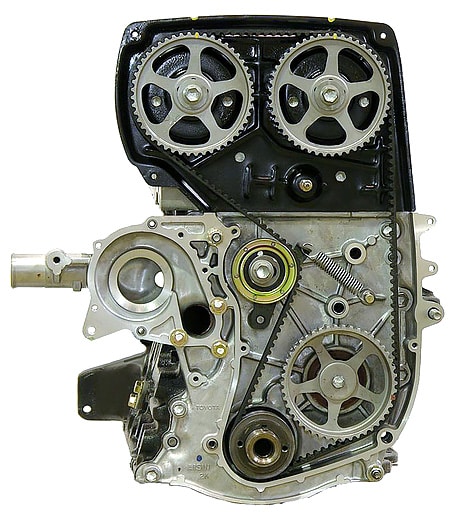
That’s not a lot of power by today’s standards, as even turbocharged 2.0L engines produce more power and torque.
But in the late 1980s, this was not far off from what a Ferrari 328 made at the time — it offered more torque than the beast from Maranello.
Of course, it didn’t take long before tuners and performance enthusiasts experimented with Toyota’s turbocharged monster motor, and they soon learned that the 7M-GTE engine was capable of producing a lot more power than Toyota had intended.
Back in the mid-1980s, Toyota wasn’t exactly focusing on making high-performance models, although they did have some nippy JDM cars that have become quite legendary today, such as the MR2, AE86, and ST165 Celica GT-Four.
These models were rather compact and a large, turbocharged six-cylinder engine would’ve been a tight fit, so the Toyota 7M-GTE engine was only ever fitted in two models.
During its production, the 7M-GTE engine was Toyota’s flagship performance unit, so it makes sense that it was fitted in the flagship performance model.
If you want one, you’ll need to look for an MK3 Supra (MA70), made from 1986 through 1992.
It was also found under the hood of the MZ20/MZ21 Soarer, which also happens to be one of the best Toyota drift cars.

Prices for the MK3 Supra never really skyrocketed as they have for certain other sporty Toyotas, such as the AE86 and the MK4 Supra, which means it’s still possible to pick up one of these 80s sports coupe gems for reasonable money.
Granted, it’s not the prettiest car in town, nor is it particularly lightweight or agile, but its 80s styling, featuring square angles, straight lines, and pop-up headlights, is guaranteed to turn some heads.
There are plenty of cool modified MK3 Supras on the internet as well, whether you’re into track weapons or stance toys.
In addition, the Supra 7M-GTE engine will keep running forever if you update certain parts, maintain it properly, and don’t go overboard in the power department. With the right mods, it can certainly be turned into something special.
While it will probably never be a match for modern supercars, it can force performance machines of its era — such as the C4 Corvette, or the Ferrari 348 — to eat its dust.
Even in stock form, its 232 hp is enough to get you into trouble with the long arm of the law if you unleash it in the wrong place at the wrong time.
Before we get into how you can extract every ounce of power the 7M-GTE engine can produce, we need to talk about its flaws and how you can get those sorted out.
Toyota 7M-GTE Problems and Reliability
As good as the 7M-GTE engine is, it has still earned itself a questionable reputation, with some car enthusiasts insisting that it’s only fit for the junkyard or should be used as a boat anchor.
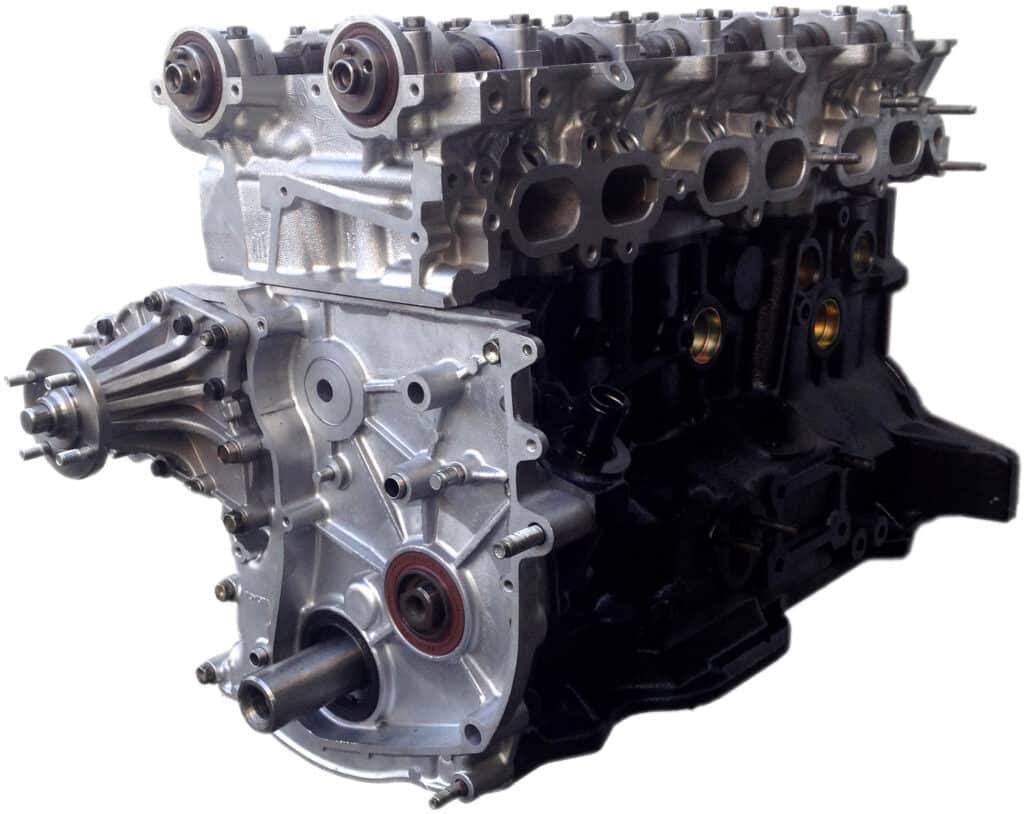
All of it is down to one fatal flaw that can be easily rectified. We are of course talking about the 7M-GTE’s head gasket problem.
What happened was that just as Toyota was about to launch the 7M-GTE engine, asbestos products were banned from use in the motor manufacturing industry — guess which material Toyota had used in the head gaskets.
Because of this, Toyota now had to swap the original asbestos head gasket for one that was asbestos-free, but with no time to research and develop it properly, the engine soon became infamous for its head gasket failure rates.

Many owners avoided disaster by re-torquing the head bolts or upgrading to ARP bolts, but if the damage was already done, that wasn’t a sufficient fix. In many cases, the engine was effectively nothing more than scrap metal.
Early on, many owners speculated that the 7M-GTE engine was likely plagued by rod knock.
But, the real reason why the rod bearing is prone to damage is head gasket failure, which leads to coolant mixing with the oil, reducing its lubricating ability.
Since head gasket failure was an all too common occurrence, and we’re dealing with a 30-35-year-old engine here, decking the head and block mating surfaces is highly recommended if you want to build a 7M engine.
You should also replace the rod bearings before attempting to extract more power and use a metal head gasket along with ARP head bolts.
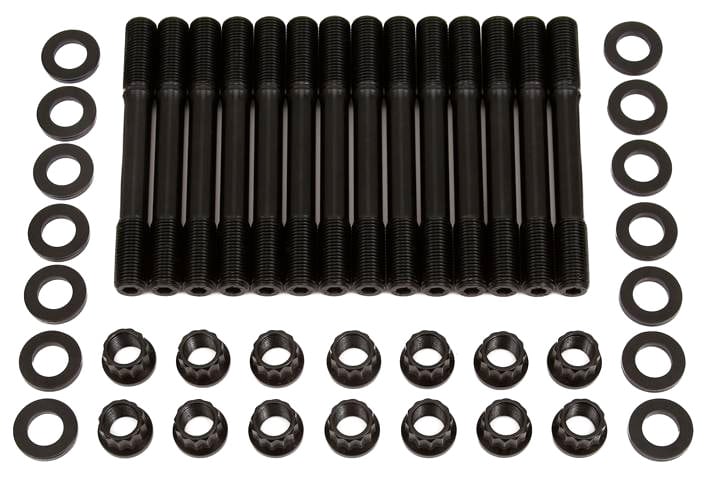
Once these mods are done, you can expect years of loyal service from your 7M-GTE engine as long as you maintain it properly.
It’ll also be capable of putting down some serious numbers on the dyno with just a few aftermarket upgrades.
If you check out owners’ forums, members are saying their 7M-GTE engines have been driven daily and lasted over 300k miles with daily use, and that’s all thanks to proper maintenance. Not bad for a boat anchor.
Now that we’ve covered how you can make this Toyota engine more reliable, let’s find out how to extract more power.
Toyota 7MGTE Engine Tuning
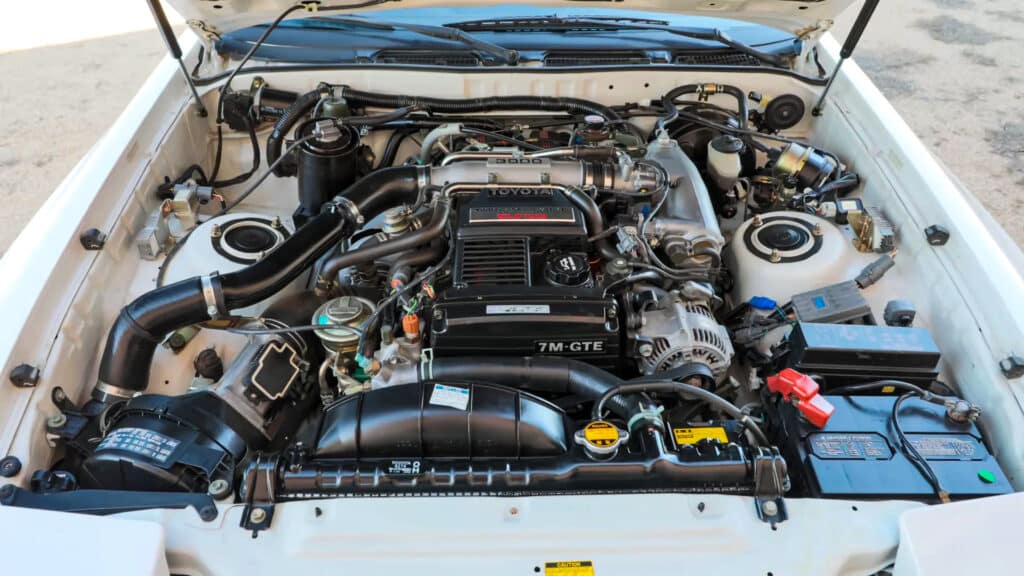
While the Toyota 7M-GTE engine doesn’t hold a candle to 2JZ and 1JZ-powered cars, it’s not as bad as some would have you think. There’s one major benefit when opting for a 7M-GTE build over one of the JZ units.
Whereas the 1JZ-GTE and 2JZ-GTE engines have become victims of their success, most people have never even heard of the 7M-GTE, and this means you can pick one up for a reasonable price.
Granted, the Toyota 7M-GTE probably won’t have people drooling when you pop the hood at a Cars & Coffee event — then again, it may just blow some gearheads’ minds.
It certainly isn’t as bulletproof as some of the most reliable Toyota engines ever made, but if it’s going to be used in a road car, there’s no point extracting 1,000 hp anyway.
With that in mind, the 7M is good enough, as long as you’ve addressed the head gasket issue.
If you’re looking for an affordable build that pushes around 400-700 hp to the wheels, keeping your Supra’s 7M-GTE turbo engine is certainly a much better option than swapping in a 1JZ or 2JZ.
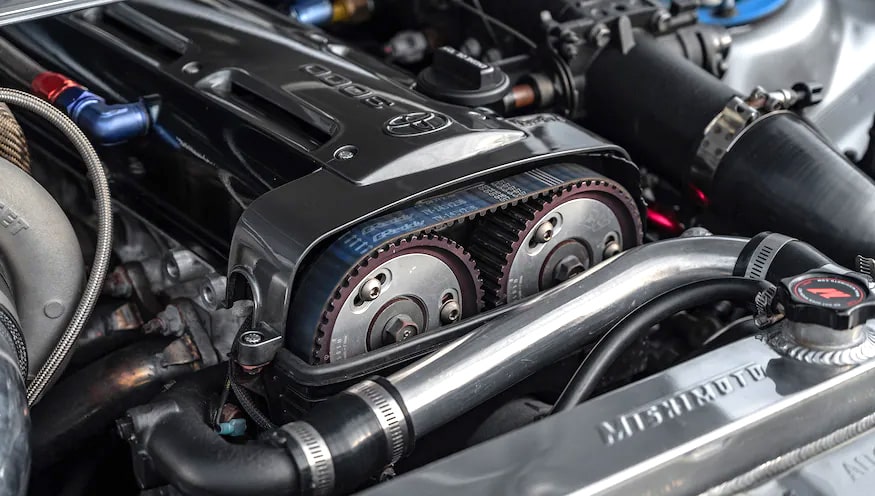
As we’ve already mentioned, the MK3 Supra with the 7M-GTE turbo engine offered impressive performance for its era.
Bone stock, it manages to reach 60 mph from a standstill in roughly 6.5 seconds, and that can easily be improved upon with some quality mods.
We already mentioned what needs to be done to make the 7M-GTE more reliable, so those should be your first mods.
Next, we have all the bolt-ons such as a short ram or cold-air intake, intercooler, and exhaust system upgrades. After that, we suggest taking care of the fuelling by fitting bigger injectors (550cc+), a better fuel pump, and upgrading the ECU.
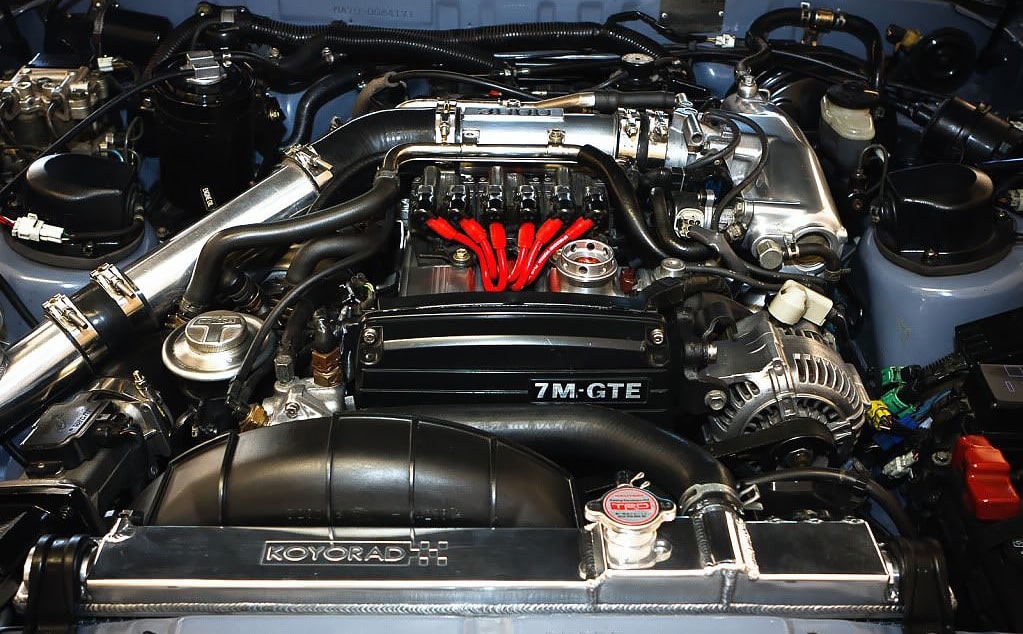
The problem with electronic fuel injection systems from the olden days is that they are nowhere near as capable as modern ones.
That means you’ll need an adjustable fuel pressure regulator and a Super Air Flow Converter to help increase the boost and fuel pressure.
If you’re aiming for more than 450 whp, you should look into getting a standalone ECU instead.
It’s possible to squeeze out around 300 whp from the 7M-GTE running the stock CT26 turbo alongside a handful of bolt-on aftermarket parts.
However, these turbos are old and if it hasn’t already been replaced, it’s probably a good idea to do so sooner rather than later. Plus, an upgraded turbo can also increase power even more.
A top-mount turbo kit is the way to go if you enjoy qualities such as good reliability and easy maintenance.
A setup like that requires a top-mount turbo manifold among other upgrades, and kits often come with intake piping, oil lines and fittings, and all the required gaskets.
There are kits available both with and without an upgraded turbo — if already have an upgraded turbo, or you want to run something bigger, go with a kit that doesn’t include the turbocharger.
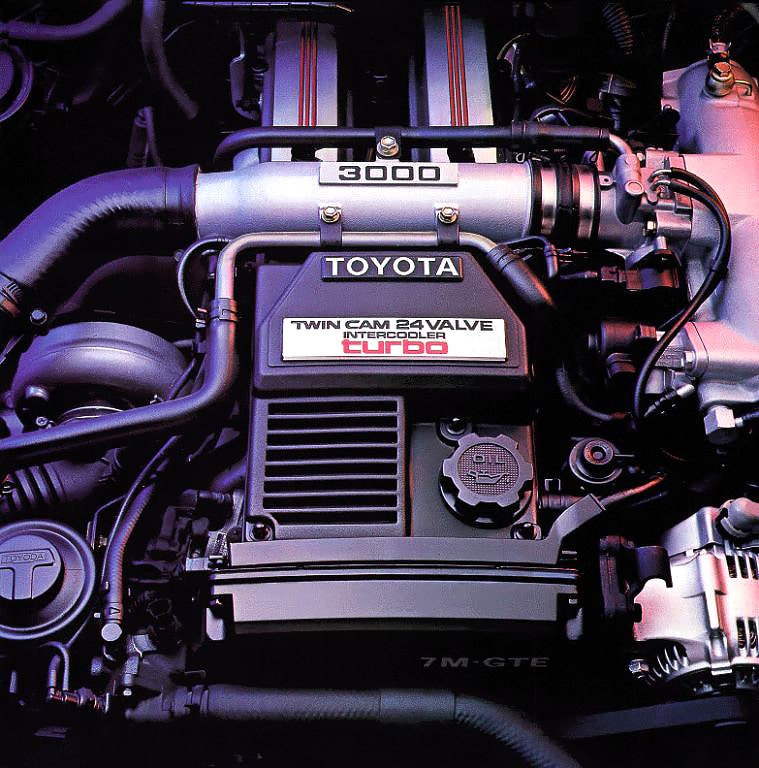
So, with a bunch of bolt-on parts, upgraded turbo, and fuel sorted out, what 7M-GTE hp can we expect? It would probably deliver around 450 whp, and it can be used in a reliable daily driver.
You can easily extract more power, but at this point, you’ll need to upgrade the internals.
Once the internals are upgraded, 500-700 whp is entirely possible in a car that can still be daily driven if you want.
We’ve seen 7M-GTE engines used in drag racing that produce more than 1700 hp, so it’s certainly a capable unit, but at that point, it’s no longer affordable, and probably not very reliable either.
The upgrades we’ve mentioned here for a streetable car will be a lot cheaper than buying and upgrading a 1JZ or 2JZ engine, and other than bragging rights and ridiculously expensive scene points, we don’t see any point in going down that route.

If you intend to build a track car or show car with more than 800 hp, then there’s a case to be made for a JZ swap, but most people don’t need that sort of power.
Even on most racetracks, 400-500 hp is more than enough to put a smile on most drivers’ faces and scare the living daylights out of anyone crazy enough to get in the passenger seat.
Sure, a 7M-GTE build may require a bit more TLC and preventative work in the beginning compared to a JZ swap — provided the JZ engine hasn’t been bounced off the rev limiter most of its life.
While it’s never fun to spend money on things like an engine rebuild and fixing Toyota’s mistakes, it’s worth it in the end.
Especially when spending that cash means you’ll practically have a brand-new engine with a bulletproof bottom-end vs a worn JZ engine for the same money.
If you don’t have an MK3 Supra Turbo but still want to build a 7M powerhouse, you can probably find one of these unloved engines online, or even at your local junkyard, and you can pick it up for next to nothing.
That’s about all there is to know about the infamous Toyota 7M-GTE engine, how you can make it more reliable, and which mods will give you the most bang for your buck… without it going bang, of course.
Verdict: Underrated Gem
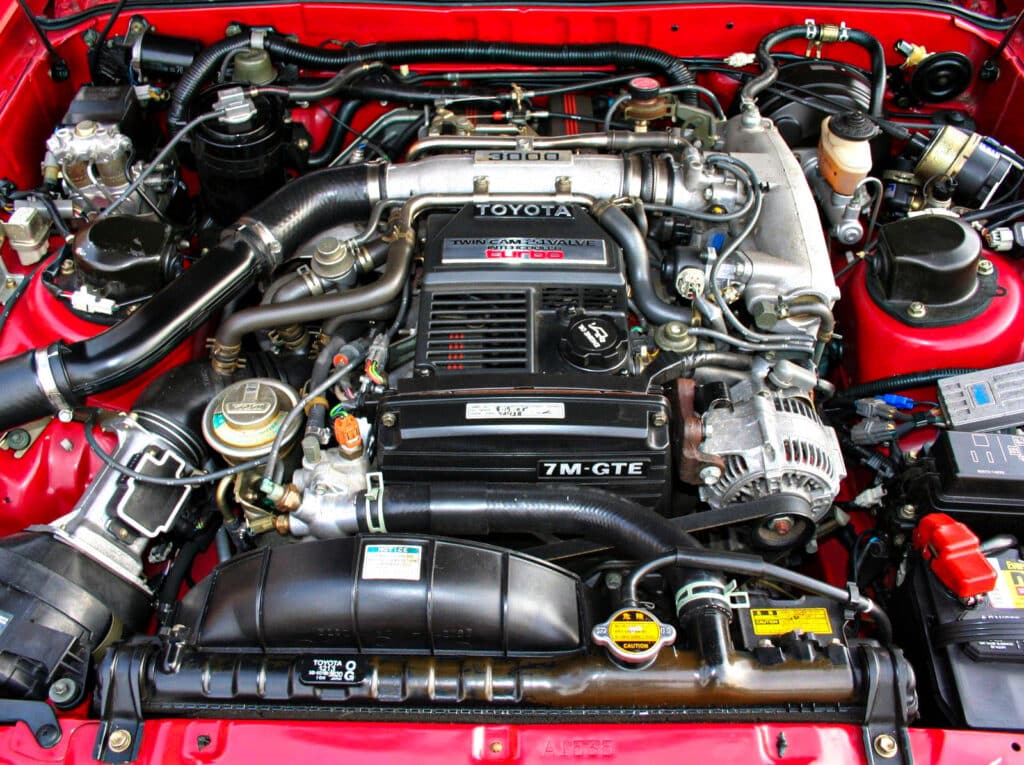
Over the years, Toyota’s 7M-GTE engine managed to earn itself a reputation as a borderline junkyard engine, and it was all because of the faulty head gaskets.
The good news is that this engine is still very underrated, which makes it a bargain for enthusiasts in the know.
Most owners would happily swap their 7M-GTE for a 1JZ or 2JZ engine, so you probably won’t have to search long to find one of these hidden gems.
Due to the “JDM tax”, JZ engine swaps don’t make sense anymore anyway, as they’re seriously overpriced.
A complete 7M-GTE build will cost less, and the engine will practically be new once you’ve overhauled it, making it a superior choice for anyone who’s just looking for 400-500 hp.
Yes, the 7M unit certainly has its flaws, but if you’re willing to show it some love, it’ll serve you for many years to come.
Do you have a 7M-GTE engine, or do you want one? Let us know in the comments below.
